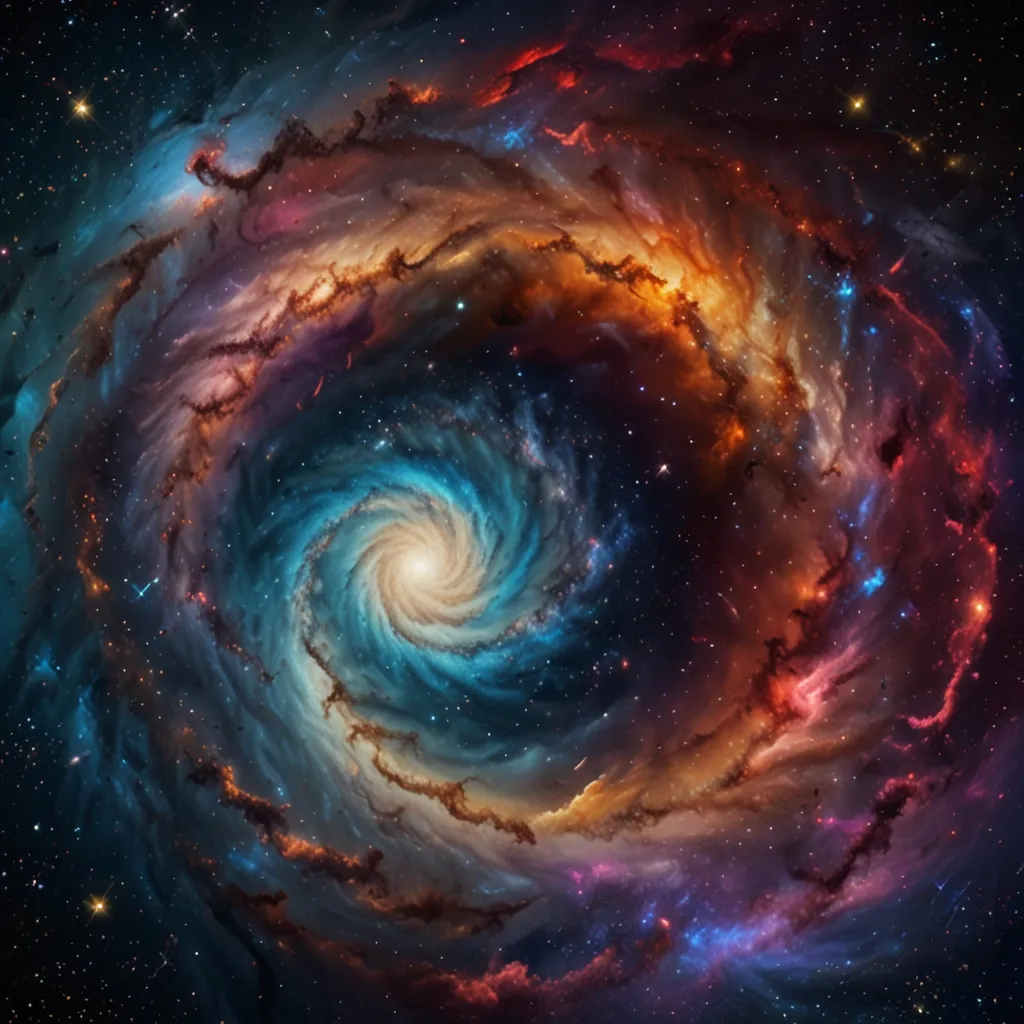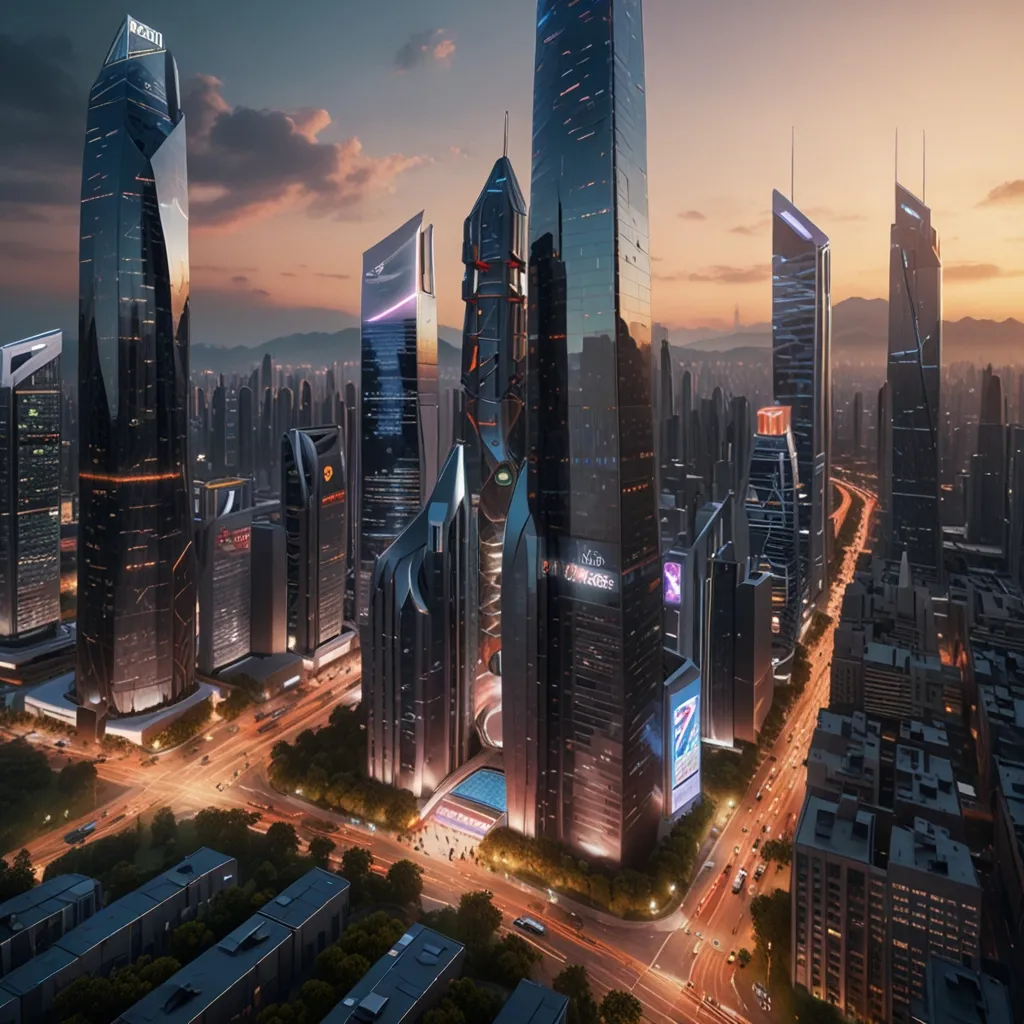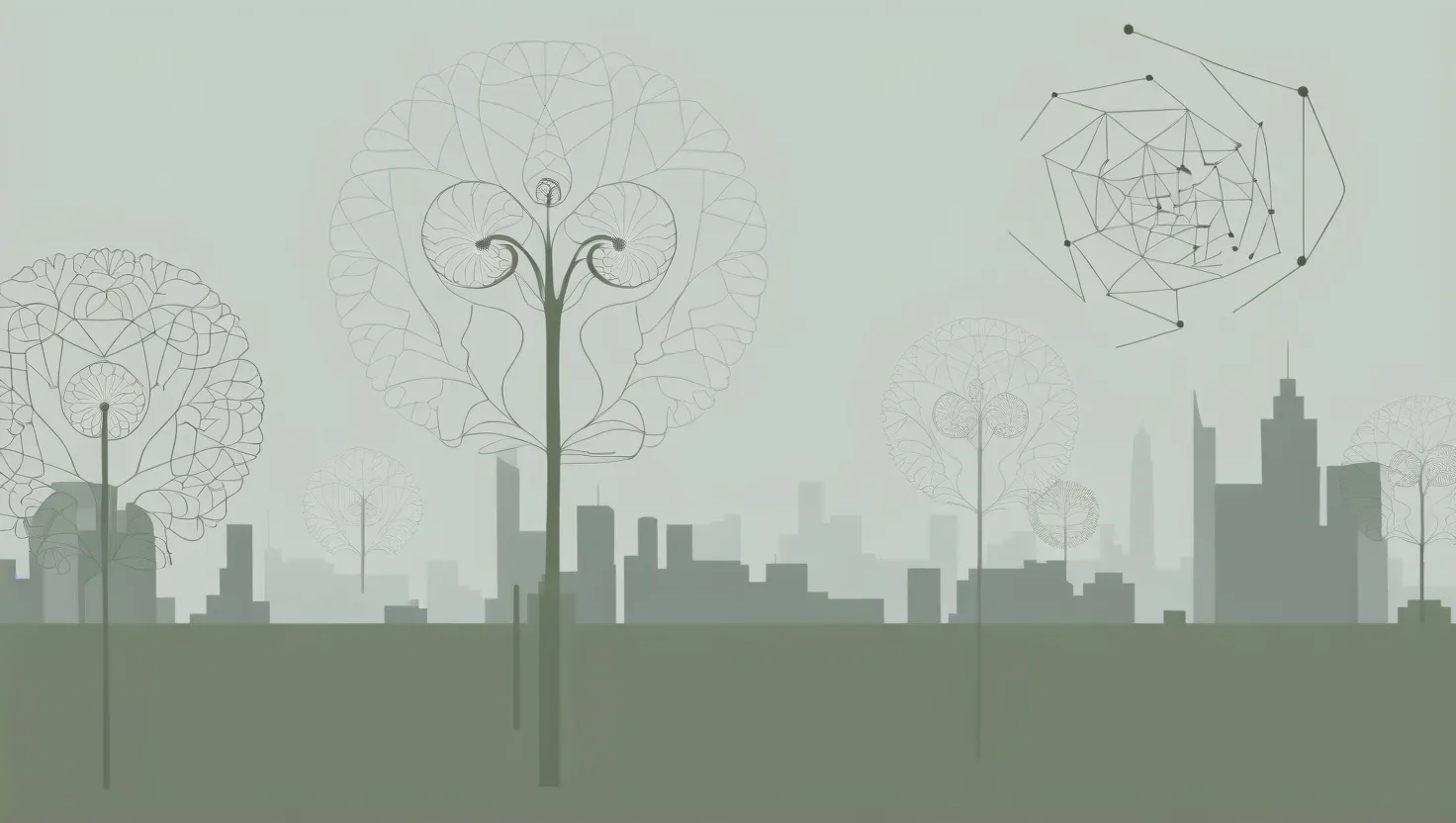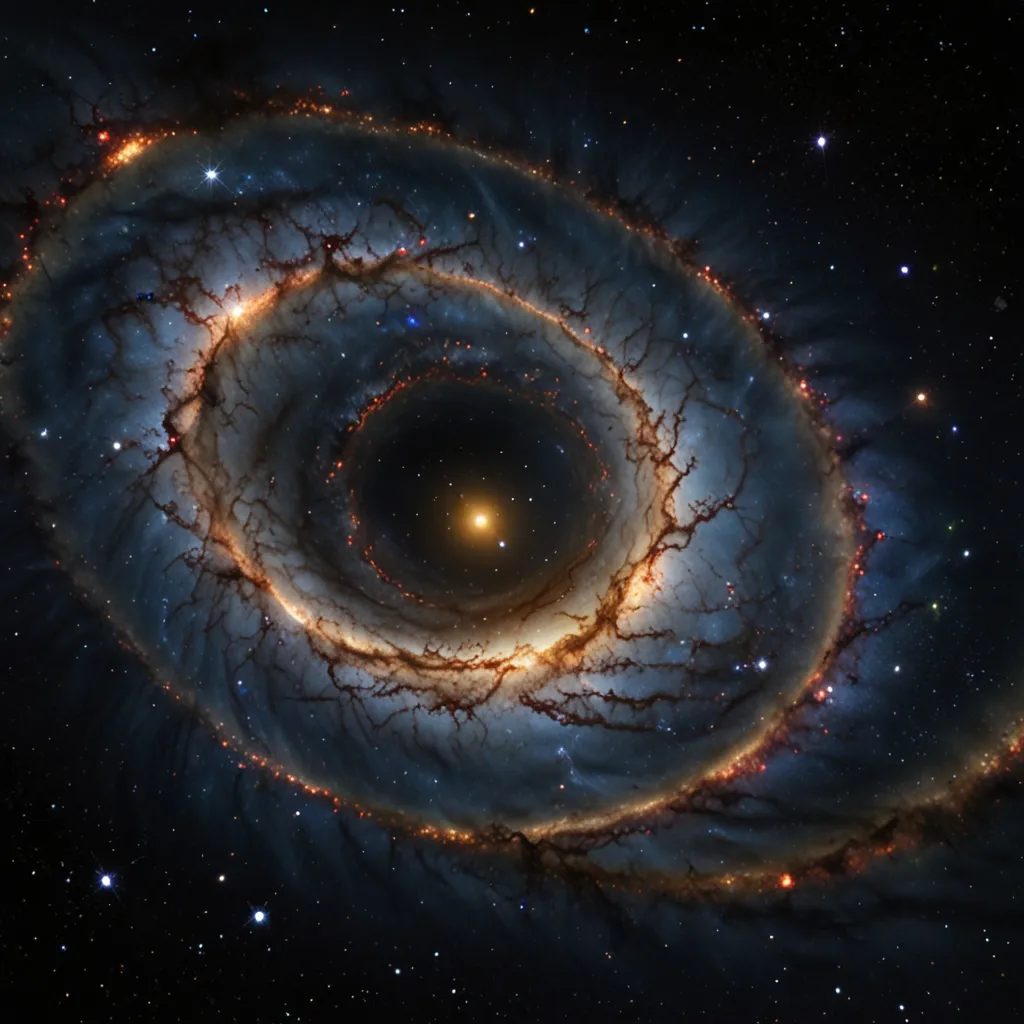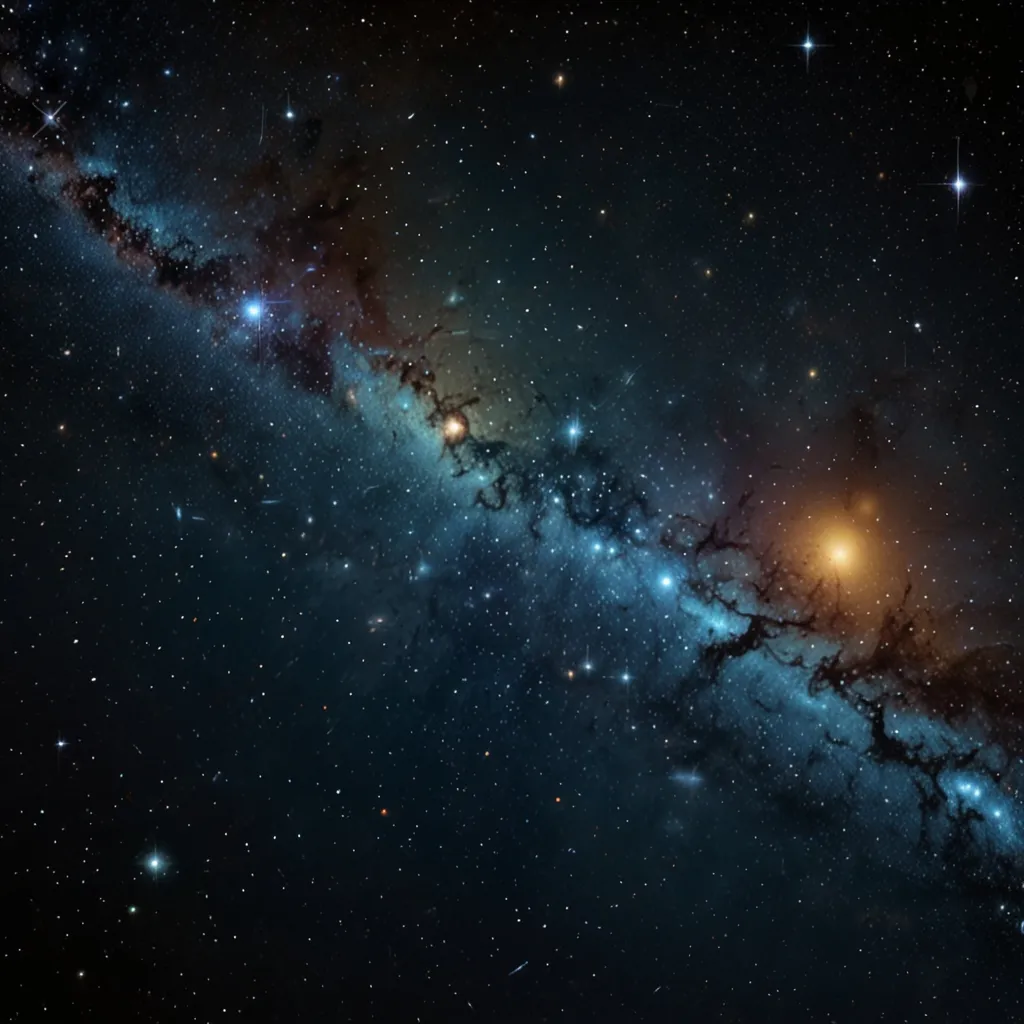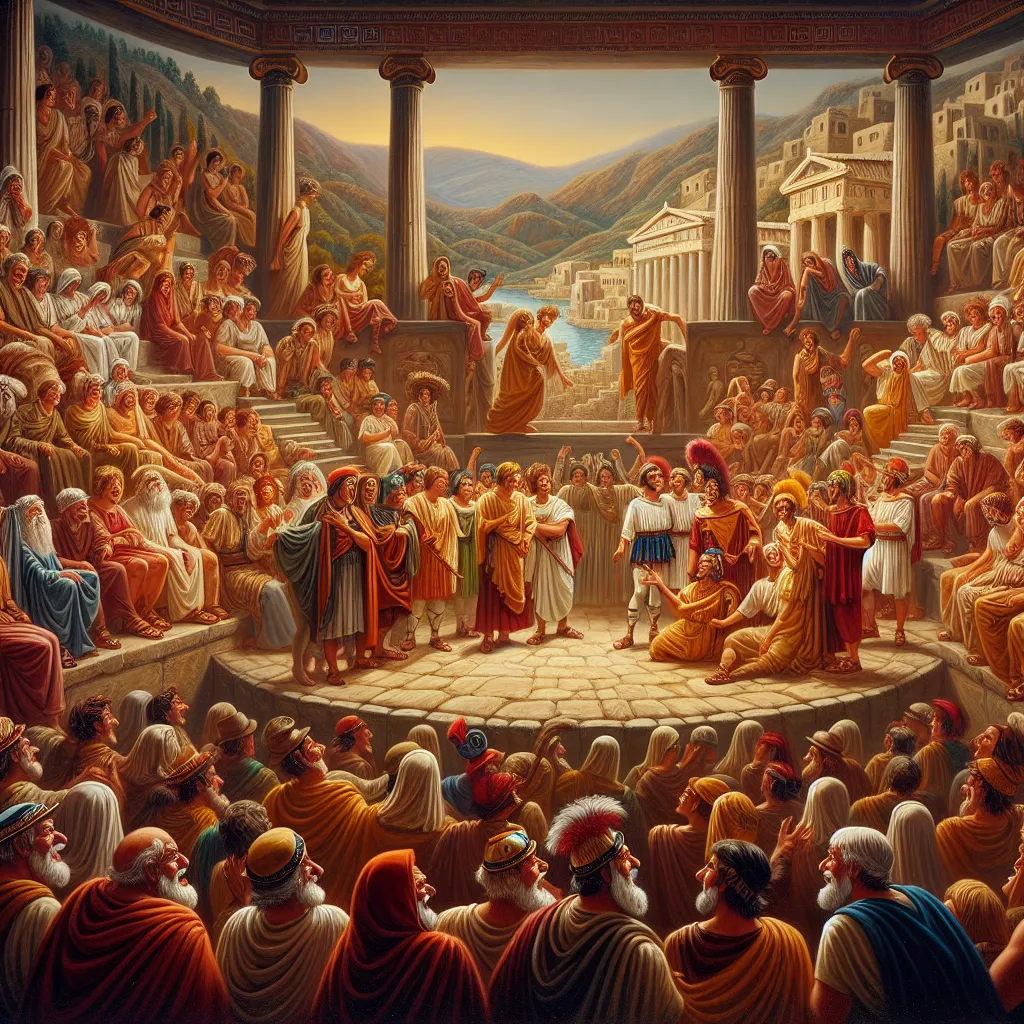Imagine the universe as a grand, four-dimensional stage, where the drama of physics unfolds. This stage is made up of three spatial dimensions—length, width, and height—and a single time dimension. But why stop at three? Why not four, five, or even more spatial dimensions? And while pondering endless possibilities, why confine ourselves to just one time dimension?
First things first, the absence of additional large spatial dimensions is something science has firm footing on. If they existed, we would probably have clues or evidence by now. The tools at our disposal, from telescopes to particle accelerators, have tuned into the whispers of the universe, and none have suggested whispers of hidden spatial realms. There’s a comforting simplicity in our three-dimensional space—enough for life to flourish and physics to dig its roots.
Then there’s the tantalizing thought of more than one time dimension. If we entertained the idea of multiple time dimensions, we would, theoretically, open the door to what’s known as closed time-like loops. This concept bends the mind backward into phenomena like time travel. Imagine being able to journey into the past, potentially erasing one’s own existence by altering events, like the sci-fi horror of inadvertently erasing one’s birth by preventing one’s parents from ever meeting. Such paradoxes, like trying to kill your father before your birth, would crumble the very fabric of causality. Reality as we know it leans heavily on the stability and predictability offered by linear time, avoiding mind-bending paradoxes and cause-effect breakdowns.
Beyond the mind teasers of paradoxes and time travel, are some intriguing studies exploring what other dimensional configurations could mean for the universe. What researchers have found is that stepping out of our cozy four-dimensional space could lead to either lifelessness or universes teetering on the brink of stability. Picture universes that flicker in and out like unstable bulbs, or others so finely tuned that life, as nothing more than atoms bumping in the void, can’t take hold. The delicate balance we inhabit is seemingly just right—a cosmic Goldilocks situation where not too much or too little ensures flourishing life.
All in all, the allure of extra dimensions isn’t a flight of fancy but rather a celebration of the complexity and wonder of the universe. It sparks curiosity and pushes the frontiers of theoretical physics. Each idea, while grounded by known scientific constraints, offers a window into how vast and enigmatic the cosmos truly is. We live in a universe where science and imagination dance, listing the possibilities and then discerning which paths can be treaded upon and which remain the tantalizing impossible. Embracing this complexity doesn’t mean unraveling all mysteries, but it does allow for a greater appreciation of how precisely our universe is orchestrated—a magnificent spectacle playing out on the grandest scale imaginable.
